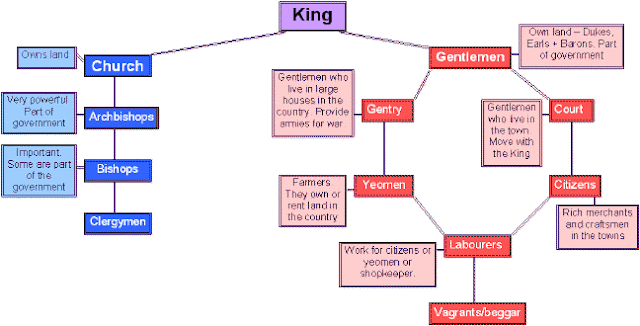Movement begins - A post from Movement Director and Choreographer Ben Redfern
- To choreograph the celebration dance in Act 1
- Begin work on the opening of Act 2
We started the rehearsal by teaching a basic step used in a galliard. This renaissance dance was very popular at the time and consisted of many leaps, kicks, jumps and hops and is very energetic. The dance is counted in 6. The major recognisable counting of a galliard is in the final two beats of the bar. The step we used a the end of each movement of music is called a cadence and is a large leap and landing on one leg. So that is 4 straight beats/kicks then a leap and land.
We then looked at various patterns we can make using this step; boys on one side of the stage and girls on the other, moving between each other, forming a circle, women circling men, men circling women, etc.
While thinking of the steps and the patterns the actors need to think of their characterisation. The dance is a fun celebration (almost show off!) so this needs to be seen. Men and women must think about posture. Elongation of the spine, lifting from the ribs, shoulders down and open across the chest.
We must now focus further on a lightness of spring in the galliard, interaction between men and women and a sense of fun.
Working on the begining of Act 2 required just two of the male actors. The feel of the dance between the two men should be flirtatious and intimate. We started with the entrance of both characters and looked at how a man would imitate a women in this period as the character is cross-dressing. Looking at feminine poses, gliding steps, reverences and partnered lifts.








